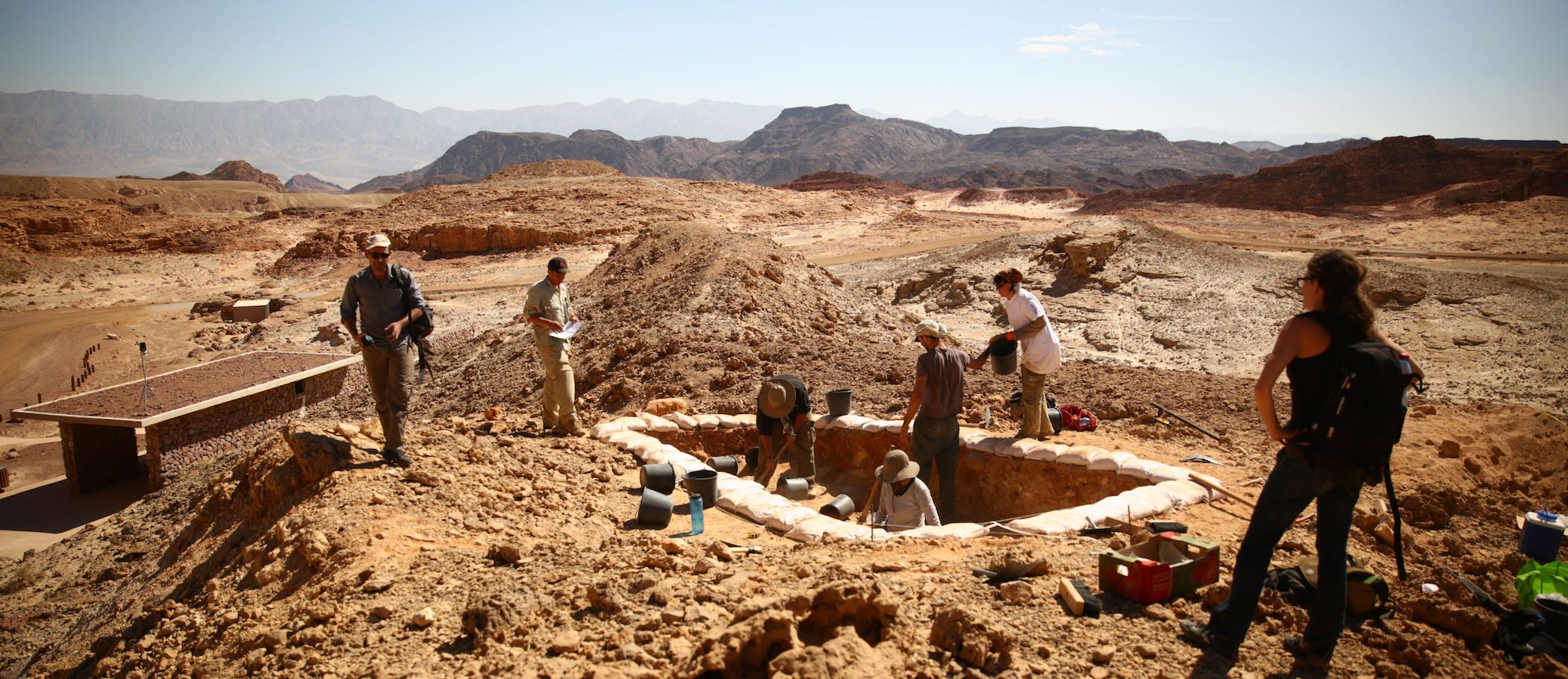When you buy through links on our website , we may earn an affiliate commission . Here ’s how it work .
Ancient Egyptian beads find in a 5,000 - yr - quondam grave were made from smoothing iron meteorites that fall to Earth from blank space , according to a new study . The bead , which are the oldest know iron artifacts in the cosmos , were crafted roughly 2,000 years before Egypt ’s Iron Age .
In 1911 , nine tube - shapedbeads were excavated from an ancient cemeterynear the small town of el - Gerzeh , which is located south of Cairo , said study lead source Thilo Rehren , a professor at UCL Qatar , a westerly Asian frontier settlement of the University College London ’s Institute of Archaeology . The grave dates back to roughly 3200 B.C. , the researchers said .

Meteoric iron beads (center) are pictured between ancient Egyptian necklaces that are strung with tube-shaped lapis lazuli (blue), carnelian (brownish/red), agate, and gold beads.
Inside the grave , which belong to a teen boy , the atomic number 26 beadwork were draw together into a necklace alongside other exotic materials , including gold and gem . Early mental test of the astragal ' typography discover curiously high concentrations of Ni , a telltale signature of branding iron meteorites . [ See Photos of the Egyptian Beads & Other Meteorite Jewels ]
" Even 100 old age ago , [ the string of beads ] pull in attention as being something strange , " Rehren tell LiveScience .
But without classic proof of the beads ' cosmic origins , doubt persist over whether like amounts of nickel could be present in man - madeiron . By run down the iron beads with beams of neutron and gamma rays , the investigator found high concentrations of cobalt , phosphorous and germanium ; these elements were present at levels that only pass off in ironmeteorites .

" It ’s really exciting , because we were able to detect sufficient cobalt and germanium in these beads to confirm they ’re meteoritical , " Rehren said . " We had assumed this was the type for 100 year , but it ’s nice to be able to put an exclamation mark on the recording label , rather than a motion mark . "
The 10 - ray engineering also bring out that the drop had been hammered into thin sail before being meticulously rolled into vacuum tube .
" This meteoritic atomic number 26 , it ’s very surd stuff that you find in lumps , and yet here we see it in thin bead , " Rehren say . " The real enquiry is , how were they made ? "

Unlike soft and more pliablemetals like goldand copper , working with solid iron required the conception of blacksmithing , which involves repeatedly wake metal to red - live temperatures and hammer them into shape .
" It ’s a much more elaborate operation and one that we take for granted was only invented and originate in the Iron Age , which protrude peradventure 3,000 long time ago — not 5,000 year ago , " Rehren state .
The investigator suggest the atomic number 26 meteorite were heated and hammered into thin sheets , and then interweave around wooden stick to create 0.8 - inch - farsighted ( 2 centimetre ) , tube - shaped beadwork . Other pit determine in the same grave displayed more traditional stone - working techniques , such as carving and drilling .

" This shows that these people , at this early long time , were open of blacksmithing , " Rehren pronounce . " It depict a pretty advanced skill with this hard material . It might not have been on bombastic scales , but by the time of the Iron Age , they had about 2,000 years of experience turn with meteoritical branding iron . "
This is not the first prison term beads from this Egyptian tomb have been linked to the existence . Earlier this year , in May , researchers at the Open University and University of Manchester publish a paper in the daybook Meteoritics and Planetary Science about the celestial origin of the ancient beads .
Other researchers have identified dissimilar artifacts that also have infinite blood . Last yr , German scientists get a line aBuddha statue that was carved from a meteoritebetween the eighth and 10th centuries .

The elaborate finding of the unexampled study were publish online today ( Aug. 19 ) in the Journal of Archaeological Science .













